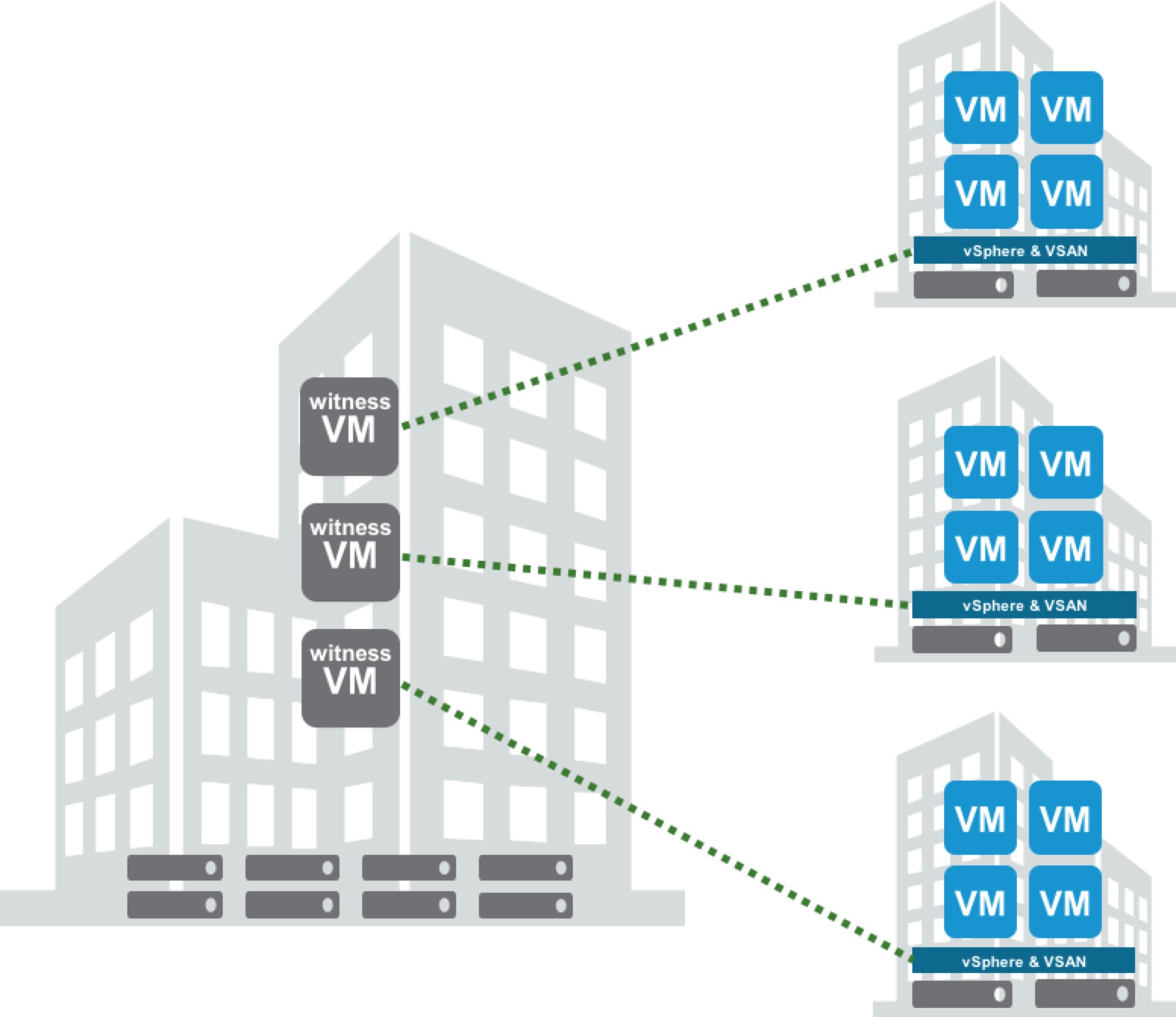 I remember standing in line to see Star Wars on opening day back in 1977. I never knew what a profound impact the movie and subsequent sequels and prequels would have on life.
I remember standing in line to see Star Wars on opening day back in 1977. I never knew what a profound impact the movie and subsequent sequels and prequels would have on life.
As a somewhat geeky IT guy, I have heard references to the movie in casual conversation, seen references in email, and so on. I recently purchased a GPS, and noticed that there are Yoda voices that can be loaded to give the “being directed by the force” type experience… Despite all of the references by people casually, and additional products that have been authorized by George Lucas’ camp to broaden our Star Wars experience, it is amazing how many things in art, mimic life.
If you are familiar with “The Force”, then you know there are many powers available to one who has “learned the ways of the force.” Abilities to levitate, move objects with telekinesis, and more. Those trained in The Force even have the ability to make others with weak minds believe whatever they want them to believe through the use of a “mind trick”.
In Star Wars: Episode I – The Phantom Menace, Qui-Gon Jinn attempts to use the “Jedi Mind Trick” on Watto (a Toydarian). Watto says: “Mind tricks don’t work on me.” In Star Wars: Episode IV – A New Hope, Obi-Wan Kenobi states that “The Force can have a strong influence on the weak-minded.” I guess Toydarians aren’t weak-minded.
In A New Hope, Obi-Wan uses the “Jedi Mind Trick” on some unsuspecting Storm Troopers while trying to deliver R2-D2 to Rebel forces on Alderaan. As Luke Skywalker’s speeder comes into Mos Eisley, they are asked if the droids that Luke and Obi-Wan have are the droids they are attempting to find. Obi-Wan waives his hand and says “These aren’t the droids you are looking for. You can go about your business.” And it worked! Holy Cow! But these were the droids… Those of us watching the movie know the truth. Through the use of The Force, Luke and Obi-Wan were able to “mask” the truth and proceed.
I had never really associated this particular scene to anything in my line of work until I read an article from SearchStorage (http://searchstorage.techtarget.com/news/2240159016/Founder-Hitz-talks-NetApp-strategy-for-clustering-convergence). The part of the article that made me think of Obi-Wan’s use of the mind trick was this particular piece:
Second, what people find with Isilon is that you can scale it, but when it comes time for a hardware refresh, you’re talking downtime. You don’t take down your network when you put a new router in place. You shouldn’t have to take down your new data infrastructure when you put new storage systems in place.
Anyone that has worked with Isilon knows that this is not a true statement. Here is a more correct statement from the EMC ISILON SCALE-OUT STORAGE AND VMWARE VSPHERE Sizing Guide.
Additionally, the Isilon storage architecture simplifies the hardware-refresh cycle by allowing you to easily add and retire nodes from the cluster while keeping the cluster itself online, and the data available, throughout the refresh process.
I created a video a while back on how to add nodes without any downtime:
Today I created a new one:
The above video is a quick demonstration of the removal process, or decommissioning of an Isilon node. Keep in mind that the process moves very quickly as only a limited amount of data is on the cluster. The amount of time taken to decommission a node will be dependent on several factors, including (but not limited to) types of nodes, overall cluster utilization, types of data, etc. The demonstration just shows how easy it is to remove hardware without any downtime.
Yes, I am an EMC employee… Who really likes using Isilon. This is probably why the above statement struck a chord with me. I have enjoyed managing many types of storage over my career before EMC. When I was a customer, I managed Dell, HP, IBM, NetApp, and EMC storage. There are things I have liked and disliked about each of them, but I would never make a statement as incorrect as the above one about any of them.
I am not sure how many people will read the above article and look at it through the helmet of a Storm Trooper, or how many people will see the truth. I am fairly certain however, if you want to know more about Isilon, or see it in action, all it will take is a call to your EMC Rep or Partner.
Update: I really didn’t intend for this post to come across as negative, as that wasn’t my intention. I only wanted to convey that when that information was presented as truth, despite being blatantly incorrect, it made me think of the “Jedi Mind Trick.”
I meant no disrespect to any parties in the referenced article, and assume that the information presented was incorrectly given to the person interviewed.
As I mentioned before, I have used many different vendor’s gear over my career, and have likes/dislikes. I don’t have anything negative to say about anyone’s technology.


Awesome analogy with Star Wars. Valid truth in what you say young Jedi!
May the Storage Force be with you! 😀
The usual conversation is around adding newer and higher capacity nodes to a cluster and the potential loss of storage efficiency in doing so.
Understood. The only time I have heard of having downtime, is going from a major version of OneFS to another.
An example would be 5.5 to 6.0, but no 6.0 to 6.5. Adding additional nodes of different types/capacities can be handled either automatically or manually. New nodes can be placed in existing pools or new pools without bringing the cluster down.
Are you sure about that? Adding different capacity nodes to the same pool sounds like a recipe for disaster (or at the very least, storage inefficiency and unpredictable performance).
We’ve experienced downtime through both major and minor upgrades (mostly through bugs in the upgrade process or in the new code), though technically minor upgrades should be seamless.
@Darren,
Nodes can be added to existing pools, but I should have clarified that they would need to be the same node type. So yes, there are limitations based on the node types.
Sorry about the confusion.